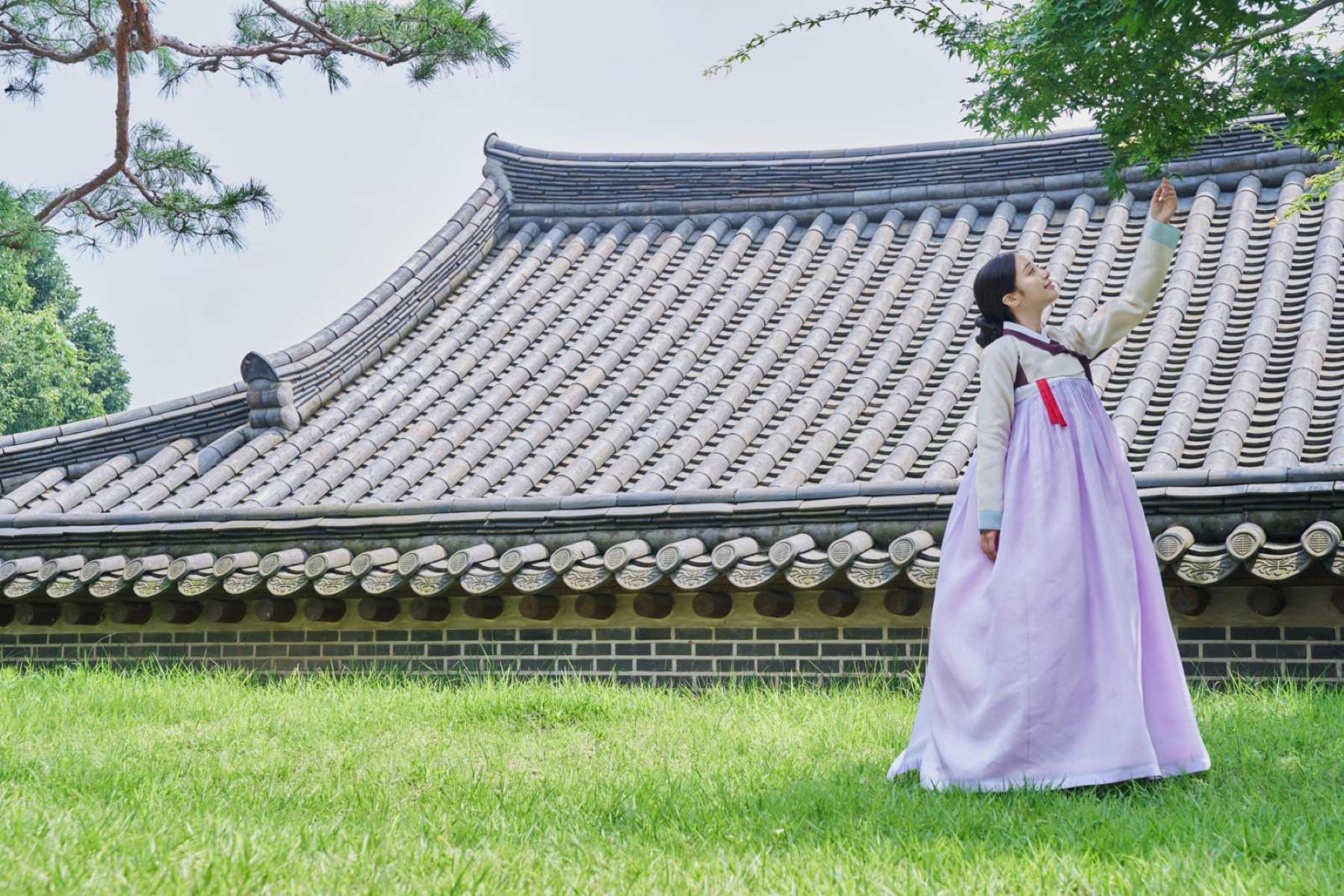Hanbok Secrets: Dive Into South Korea’s Iconic Attire

Have you ever wondered about the story behind the hanbok, South Korea’s traditional clothing? This beautiful attire, with its vibrant colors and flowing lines, has a rich history dating back over 1,600 years. Worn during festivals, celebrations, and important events, the hanbok isn’t just clothing; it’s a symbol of Korean culture and heritage. Each piece, from the jeogori (jacket) to the chima (skirt), carries deep meaning and tradition. Whether you're planning a trip to South Korea or just curious about different cultures, understanding the hanbok will give you a deeper appreciation for this unique and timeless fashion.
What is Hanbok?
Hanbok is traditional Korean clothing known for its vibrant colors, simple lines, and elegant design. Worn during festivals, celebrations, and special occasions, it reflects Korea's rich cultural heritage.
History of Hanbok
Hanbok has a history spanning over 1,600 years. Its design has evolved, influenced by various dynasties and cultural shifts. Each era brought unique elements, making Hanbok a living piece of history.
Key Elements of Hanbok
Understanding Hanbok involves knowing its key components. Each piece has a specific name and purpose, contributing to the overall aesthetic and function.
- Jeogori: The upper garment, worn by both men and women. It features long sleeves and ties at the front.
- Chima: A long skirt worn by women, often high-waisted and flowing.
- Baji: Loose-fitting pants worn by men, designed for comfort and ease of movement.
- Durumagi: An overcoat worn during colder months, adding an extra layer of warmth and style.
- Gat: A traditional hat worn by men, typically made of horsehair and bamboo.
Symbolism in Hanbok
Hanbok isn't just about fashion; it's rich in symbolism. Colors, patterns, and accessories all carry deep meanings, often reflecting the wearer's status, age, or occasion.
- Colors: Bright colors like red, yellow, and blue symbolize happiness, wealth, and health. White represents purity and humility.
- Patterns: Embroidered patterns like peonies, phoenixes, and dragons signify wealth, nobility, and power.
- Accessories: Norigae (decorative pendants) and binyeo (hairpins) add elegance and often have symbolic meanings related to good fortune and protection.
Modern Hanbok Trends
While traditional Hanbok remains popular, modern adaptations have emerged, blending old and new styles. These contemporary versions are often seen in fashion shows, weddings, and even daily wear.
- Fusion Hanbok: Combines traditional elements with modern fabrics and cuts, making it more accessible for everyday wear.
- Casual Hanbok: Simplified designs suitable for daily activities, often made from comfortable, breathable materials.
- Wedding Hanbok: Modern brides and grooms often choose Hanbok for their ceremonies, incorporating contemporary designs while honoring tradition.
Where to Experience Hanbok in South Korea
To truly appreciate Hanbok, experiencing it firsthand is a must. South Korea offers numerous places where you can see, wear, and even purchase Hanbok.
- Gyeongbokgung Palace: Visitors can rent Hanbok and explore the palace grounds, feeling like they've stepped back in time.
- Bukchon Hanok Village: This traditional village offers Hanbok rentals and picturesque backdrops for photos.
- Insadong: A cultural district in Seoul where you can find shops selling Hanbok and accessories.
- Jeonju Hanok Village: Known for its well-preserved traditional houses, this village offers Hanbok experiences and cultural activities.
- Namsangol Hanok Village: Located in Seoul, this village provides Hanbok rentals and showcases traditional Korean life.
How to Wear Hanbok
Wearing Hanbok correctly involves understanding its layers and how to tie the garments properly. Here's a quick guide to help you get started.
- Start with the Inner Layer: Put on the inner skirt or pants first.
- Add the Jeogori: Wear the upper garment, making sure to tie it securely.
- Wrap the Chima or Baji: For women, wrap the skirt around the waist. For men, put on the pants.
- Finish with Accessories: Add any accessories like norigae or hairpins to complete the look.
Hanbok in Popular Culture
Hanbok has made its way into popular culture, appearing in movies, TV shows, and music videos. This exposure has helped introduce Hanbok to a global audience.
- K-Dramas: Historical dramas often feature characters in Hanbok, showcasing its beauty and elegance.
- K-Pop: Music videos and performances sometimes incorporate Hanbok-inspired outfits, blending tradition with modernity.
- International Film Festivals: Korean actors and actresses have worn Hanbok on red carpets, bringing it into the international spotlight.
Preserving Hanbok Tradition
Efforts to preserve Hanbok tradition are ongoing, with initiatives to promote its cultural significance and craftsmanship.
- Hanbok Day: Celebrated annually in South Korea to honor and promote traditional clothing.
- Hanbok Schools: Institutions dedicated to teaching the art of Hanbok making and design.
- Cultural Festivals: Events showcasing Hanbok through fashion shows, exhibitions, and workshops.
Embracing Hanbok's Timeless Elegance
Hanbok isn't just clothing; it's a piece of South Korean history. Wearing hanbok connects you to centuries of tradition and culture. The vibrant colors, intricate designs, and unique structure make it stand out. Whether you're visiting South Korea or attending a cultural event, donning a hanbok offers a special experience.
When exploring South Korea, take the chance to try on a hanbok. Many places offer rentals, making it easy to immerse yourself in the culture. Capture the moment with photos in traditional settings like palaces or hanok villages.
Understanding the significance of hanbok deepens your appreciation for South Korean heritage. It's more than just attire; it's a symbol of identity and pride. So next time you see a hanbok, remember the stories and traditions woven into its fabric.

